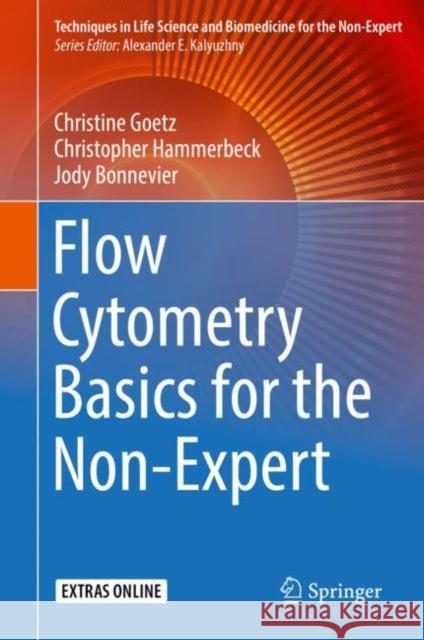Flow Cytometry Basics for the Non-Expert » książka
topmenu
Flow Cytometry Basics for the Non-Expert
ISBN-13: 9783319980706 / Angielski / Twarda / 2018 / 219 str.
Kategorie BISAC:
Wydawca:
Springer International Publishing AG
Seria wydawnicza:
Język:
Angielski
ISBN-13:
9783319980706
Rok wydania:
2018
Wydanie:
2018
Ilość stron:
219
Waga:
0.51 kg
Wymiary:
23.39 x 15.6 x 1.42
Oprawa:
Twarda
Wolumenów:
01
Dodatkowe informacje:
Wydanie ilustrowane











